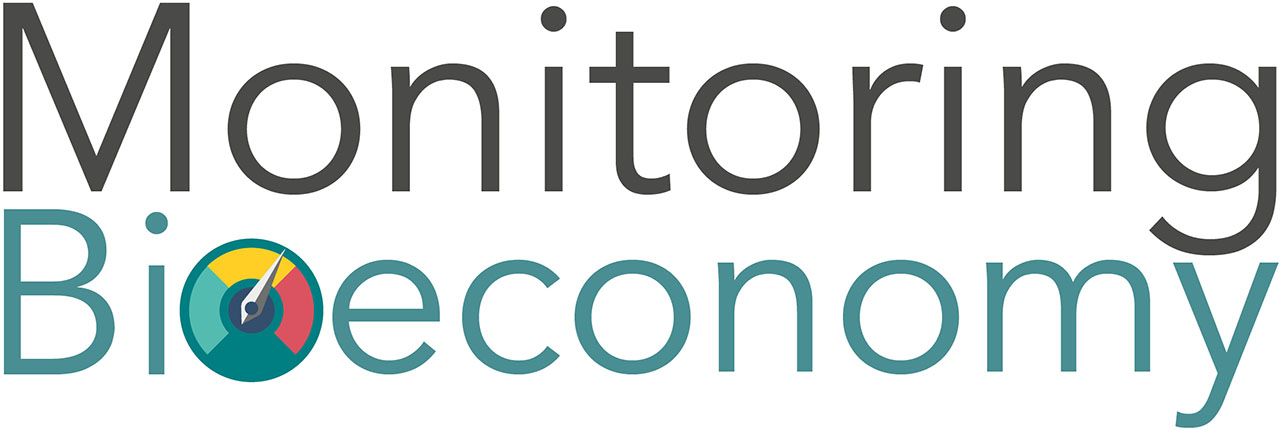Monitoring is needed to assess the contribution of the bioeconomy to meeting sustainability goals.
Connecting monitoring tools and sustainability
The bioeconomy is at the cusp of complicated questions about how to shape our societies and economies in a way that respects ecological limits and serves human needs. Yet, currently more than 60% of stakeholders see its current development as a form of “green” business-as-usual, with limited common ground to their vision of a sustainable transformation [1]. Monitoring is needed to assess the status of the bioeconomy and its contribution to meeting sustainability goals, and to provide the evidence for steering the transition in a way that allows those goals to be met. The core questions are, how much of total demand in Germany is and can be met by biomass (wood, crops, livestock, fish, algae and waste) – and for what purpose (food, feed, materials and energy) – in a way that unites the three dimensions of sustainability (environmental, social and economic)?
A deep transformation in the way economies and societies currently function is needed. This requires not only inclusion of “horizontal” sustainability dimensions (social, economic and environmental) in monitoring, but also of scale (“vertical” sustainability). In other words, products not only need to be grown, harvested, transported and produced in a sustainable way, but they also need to be consumed at a level that is sustainable. This is not a new concept. 30 years ago all countries recognized the stress that excessive demands and unsustainable lifestyles placed on the environment [2]. Agenda 21 stated that “Changing consumption patterns will require a multipronged strategy focusing on demand, meeting the basic needs of the poor, and reducing wastage” [2]. In other words, the global challenges of climate change and biodiversity loss are indisputably linked to an overuse of global resources. Combatting them requires addressing the scale of consumption.
Altogether, balance is the critical element for achieving both horizontal and vertical sustainability.
Notes and references
- Zeug et al. (2021). Results from a Stakeholder Survey on Bioeconomy Monitoring and Perceptions on Bioeconomy in Germany. Available at: https://symobio.de/wp-content/uploads/2021/11/258638_DP_2021_8_Zeugetal.pdf.
- UN (1992).United Nations Conference on Environment & Development Rio de Janerio, Brazil, 3 to 14 June 1992 – AGENDA21. Available at: https://sdgs.un.org/sites/default/files/publications/Agenda21.pdf.



